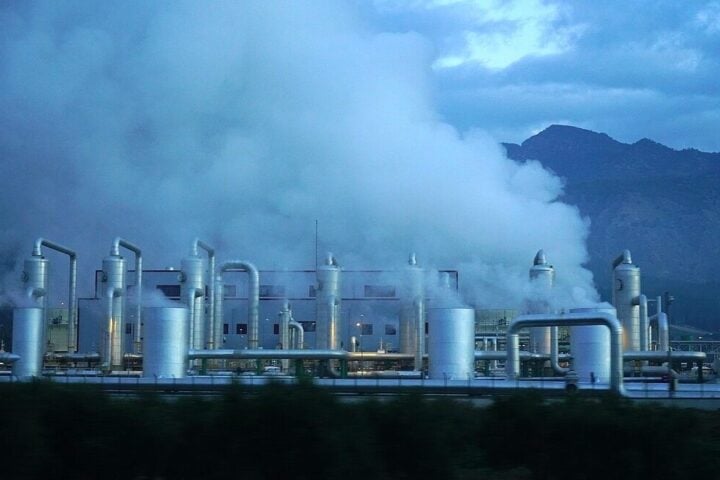Utility companies operating most of the US‘s power plants are not widely adopting an expensive technology promoted by the Environmental Protection Agency (EPA) to clamp down on carbon dioxide emissions, reported E&E News. Despite the Biden administration making tax credits and subsidies available to incentivize CCS deployment, the country’s ten largest utilities companies have not yet planned to introduce this technology within the timeframe set by the EPA.
The EPA champions CCS technology as an efficient method to reduce power plant carbon emissions by 90% by 2038. This standard, which is proposed to be enforced on coal and gas-fired power plants from May 2023, is being offered by the Biden administration as a lifeline for the fossil fuel industry. Even as the Biden administration offers the technology as a lifeline for fossil fuels, the utilities that control most of the country’s power plants aren’t rushing to install carbon capture.
In a bid to promote CCS as part of the transition to a zero-carbon grid, the administration has increased tax credits for companies that store carbon dioxide. They have also launched large-scale pilot programs and proposed pollution standards that would enable utilities to avoid closing some fossil fuel plants if they incorporate carbon capture.
Despite these efforts, the International Energy Agency reports that utilities have not yet committed to installing the technology. This reluctance stems from the fact that CCS is costlier for the power sector compared to other industries, like ethanol.
CCS technology aims to reduce carbon emissions by capturing, compressing, and then storing the emissions or using them for manufacturing purposes. According to the EPA’s website, they promote CCS as a means to substantially reduce emissions while minimizing the chance that their rules would force conventional power plants into retirement.
A March 2023 report from the Institute for Energy Economics & Financial Analysis notes that the electricity produced by power plants retrofitted with CCS technology can cost up to twice as much as the current alternatives.
Similar Post
Emily Sanford Fisher of the Edison Electric Institute noted, “This industry is not generally incentivized to work with emerging technologies.” She added that the technology has not yet developed at a scale necessary for the industry to rely on it substantially.
When E&E News contacted the ten companies that control the largest coal and gas fleets in the U.S. about their CCS plans, most revealed that they do not have near-term plans for deployment within the timeline proposed in the EPA’s draft rule to limit carbon pollution from power plants. A few pointed to active research projects.
“Our regulatory structure does not favor the risk involved in new technology,” said Fisher, representing U.S. investor-owned electric utility companies.
Scott Blake, from the Ohio-based utility company American Electric Power, stated, “One of the challenges with CCS is to make it economically viable on a large scale.” Blake added that regulatory and economic factors have contributed to the slow adoption of CCS technology in American plants.
Over the past 15 years, various utilities companies have canceled five CCS installation projects, according to E&E News.
According to the EPA, coal-fired power plants would have until 2040 to either implement the technology or shut down under the rule. The agency estimates that the emissions rule and CCS push will cost the power industry between $10 billion and $14 billion.
Finally, of the seven total CCS projects initiated so far by the country’s ten largest utilities companies, only three have operated without direct government subsidy, E&E News reports.


















